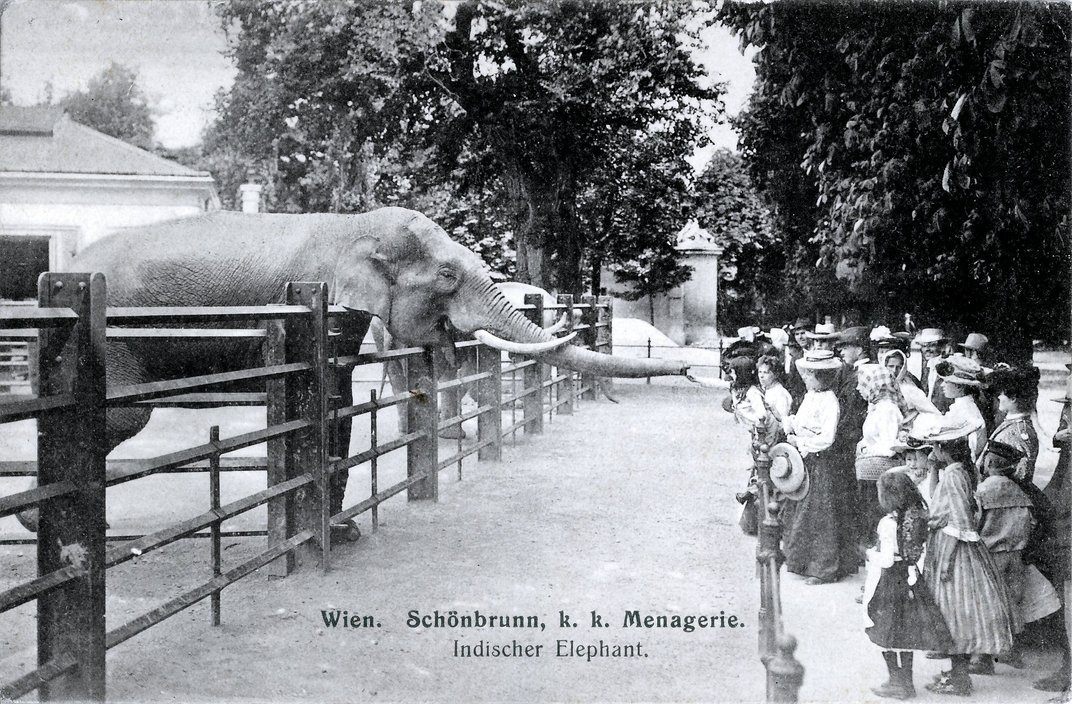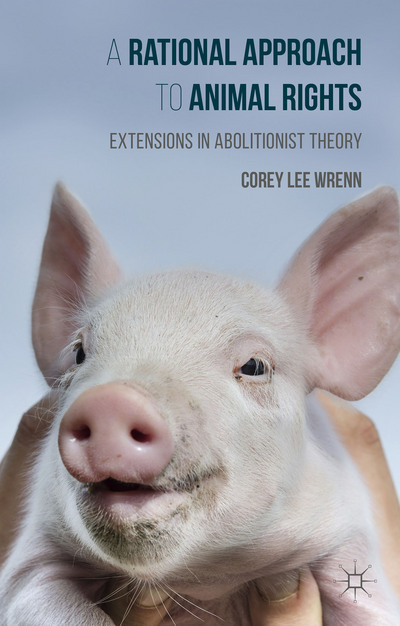The desire to totally liberate other animals from human oppression is generally thought a product of late 20th century imagining. In today’s capitalistic movement, activists and organizations scramble to specialize and copyright their particular brand of activism, often to the effect of invisibilizing a rich activist history.
In researching for my new book on factional debate in the Nonhuman Animal rights movement, I noticed that, while the abolitionist faction seems to have developed as a distinct collective in the 21st century following the energizing work of the late philosopher and activist Tom Regan, the very arguments that distinguish it were developed much earlier in the 19th century.
The abolitionist approach to Nonhuman Animal rights probably originates from its appropriation of tactics and rhetoric associated with the antislavery movement. Early vegetarian reformers were deeply involved in anti-slavery efforts, even positioning vegetarianism as a means of ending slavery. In fact, the term “abolitionist” itself is usually traced to this hugely influential movement. Like other movements against oppression, the anti-slavery cause was divided over whether or not to advocate for complete abolition or abolition-oriented gradual reforms.
Anti-slavery abolitionist William Lloyd Garrison considered many anti-cruelty and vegetarian activists as colleagues, and abolitionist papers reported on vegetarian events. These early reformers also supported women’s suffrage, and explicitly encouraged women to speak at vegetarian conferences. Vegetarian suffragettes also made the connection that ending animals’ oppression was the key to ending women’s oppression.
Although born of an intersectional past, abolitionism would gradually detach as the Nonhuman Animal rights movement gained momentum. For anti-speciesists of the late 19th century onward, abolitionism referred almost exclusively to nonhumans. Regardless, the belief that the oppression of Nonhuman Animals should be abolished rather than modified or reformed is a concept that is as old as is the movement. Heated debates between welfarists and abolitionists in the early years of the SPCA in England and the AHA in America are recorded in meeting notes. Frances Power Cobbe and other antivivisectionists, enraged by reformist legislation that effectively legitimized and protected vivisectors, explicitly identified as abolitionist. Even Donald Watson and the early vegans were abolitionist, regularly lambasting welfare reforms in early issues of The Vegan.
Today’s abolitionism as was developed by Regan, then, is merely one wave of many. It is a shame that Post-Regan abolitionism has completely diverged from its early connection to anti-racism and anti-sexism, but it is heartening to rediscover this legacy of compassion and refusal to compromise.
Readers can learn more about the politics of speciesism in my 2016 publication, A Rational Approach to Animal Rights. Receive research updates straight to your inbox by subscribing to my newsletter.

